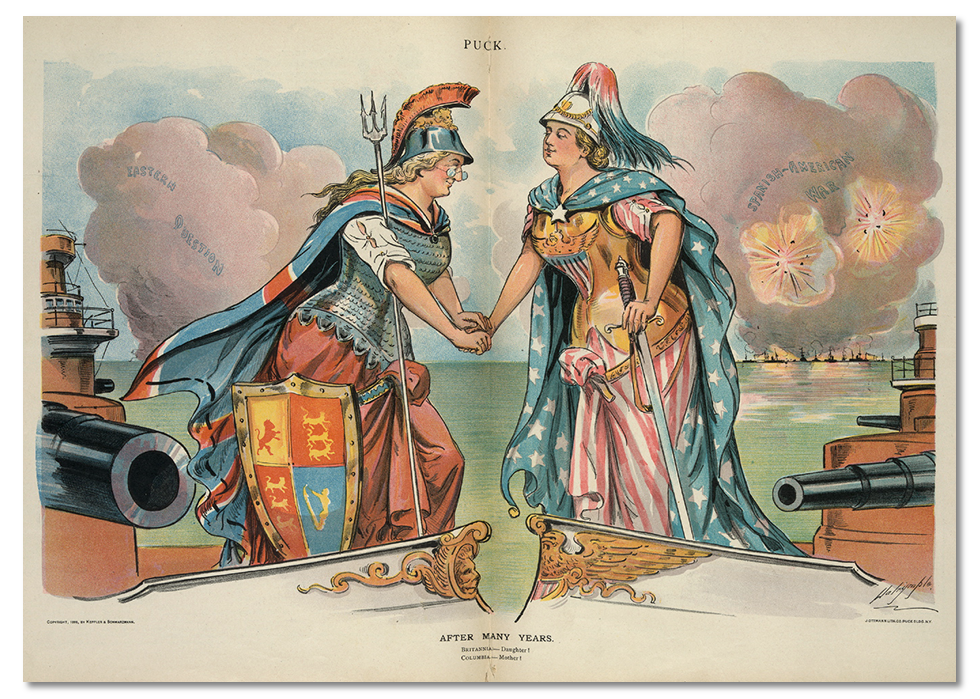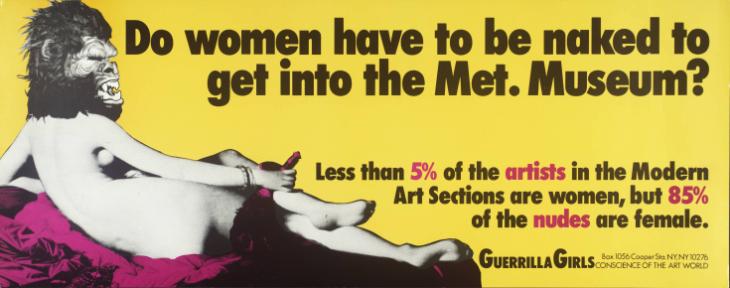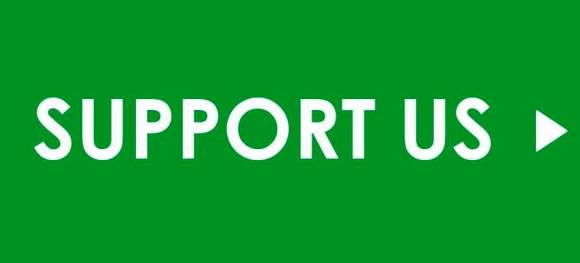Loss, Sadness, Defiance – Another Media is Possible
Lorna Miller on female representation, alternative media and why you need to support Bella.
You’re probably already aware that the image that represents Bella Caledonia was designed by Alasdair Gray, based on the main character of his book Poor Things written in 1992.
In Gray’s story Bella is a metaphor for a nation. He wrote another book in this year for the general election titled Why Scots Should Rule Scotland, in which he proposed a possible female figurehead to represent Scotland. This is a way countries have been depicted in political cartoons since the 18th century.

Louis Dalrymple: Puck June 15, 1898
In this 1898 cartoon, Britannia (Great Britain) welcomes Columbia (the United States) as an estranged daughter and new imperialist partner. The US entered the elite group of world powers with victories in the “Spanish-American War” (written in the clouds over the naval battle on the right). In the storm clouds on the left, the “Eastern Question” looms.
In 1992 I was in my second year at Glasgow School of Art. One of my strongest memories is being shocked at the lack of books about female artists in the art school library. It’s not that there weren’t any artists; it just wasn’t easy to find out about them. Before going to art school, I had been lucky to visit the Käthe Kollwitz museum in Berlin as part of a photography exchange. It’s a permanent gallery for a major part of her complete works set up four decades after her death. I felt so much joy, wonder and hope from that one experience. Her powerful, political work changed me. We need to have the cultural contributions of women preserved and displayed in their own right. It doesn’t happen enough. I read Ways of Seeing by John Berger, wrote essays about the objectification of the female form throughout the history of art and was enraged by the institutionalised sexism I found myself trapped in.

Käthe Kollwitz: The Mothers, sheet 6 of the series War 1921/22 Woodcut
When the Guerilla Girls filled the CCA with defiance and humour I had another boost of energy. I thought maybe I did have a chance to survive as an artist but I could see it would be a fight. In the Glasgow Women’s Library, which was a tiny cupboard of a place at the time, I learned that the personal is political and found the words I didn’t have to describe visceral feelings attached to difficult experiences. I could never have imagined at that time I would become a political cartoonist though. I went on to have a successful career as a digital colourist and illustrator for Britain’s best selling children’s comics and made a name as an underground comic artist on the side.

Do Women Have To Be Naked To Get Into the Met. Museum? 1989. Copyright www.guerrillagirls.com
Eventually I was working digitally all the time with no time to draw anymore, so when I lost all the magazine work due to cut backs with the last recession, I saw this as an opportunity to make a change and go back to what I loved. It seemed like a good idea to try political cartooning because there were so few women doing it. I had no idea the scale of battle it would be or the personal attacks it would incur, as well as how hard it was to earn a living from it and the impact all of it would have on my health. But I found allies too and that helped me keep going.
I have worked really hard to sustain a career as an artist but I also feel lucky and privileged to have had a platform at all and to have been the only woman in the UK with a weekly political cartoon in recent times. My good friends Cinders McLeod, Martha Richler (Marf), Lou McKeever (Blue Lou) and others paved the way for me but it’s not a career women stay in. And without financial support from Bella readers I won’t be able to continue either. It’s frustrating when my cartoons have been shared thousands of times on line. I haven’t worked for a month and I’m losing my sense of humour.

Marf: “You Wouldn’t BELIEVE the office politics around here!” Published The Evening Standard 10/05/2005
As we mark one year of lockdown and everything about the world we knew changed overnight, most of us have had to adjust to completely new ways of living and working, as well as coping with ill health, loss and stress on an unprecedented scale. The thread that has held me together throughout my life is connection and I’ve realised this in a time of complete isolation. We all need each other in a synergizing support system that functions healthily.
The future is uncertain. I think about young people, who haven’t had the life experiences to build the resilience needed to persevere and stay positive in times of extreme difficulty. I just hope they have the energy to forge through this and come out the other side bursting with new ideas and creativity. A few years ago I came across some feisty photos posted by a young woman on twitter. I asked if I could paint portraits from them. She agreed and I filed them away on my computer but never found the time. It was only when we were discussing perks for the Bella crowdfunder that I realised this would be perfect.

Lorna Miller, Mistress of Line: Bella Caledonia Watercolour & Digital
The new face of the Bella Caledonia postcard is Josie Anne Gaitens. She is a 30-year-old musician, beautiful Gaelic singer, writer and arts worker from the Highlands of Scotland. She splits her time between the Hebrides and Iceland. We need Bella Caledonia because it is a space to nurture and support many voices and opinions: our artists, writers, campaigners and thinkers, young and old. I’ll let Josie Anne speak for herself:
“I see a lot of similarities between our two wee nations and that connection is one I want to nurture through projects and stories and the creation of a common community. We can learn a lot from our fellow Nordic neighbours. I took the photos a year on from Indy Ref. I was feeling such a mix of things – loss, sadness, defiance (that’s where sticking the fingers up came in!) – but also quiet pride and hope. Conversations about independence have continued to grow and change since the referendum in 2014, not disappear, as Westminster would have liked. Even my own personal reasons for voting yes have shifted and developed since that time. I’m still convinced it is not only the best option for Scotland but an inevitable one. But it can only be achieved through focusing on creating a future that is equal and open for all. It will take a lot of hard work, but I believe so strongly that it will be worth it. I’m passionate about creating a fairer and more compassionate society in an Independent Scotland.”
Please support Bella Caledonia and let’s work together.
We’re crowdfunding for our future. If you’d like to support us go here:
https://www.crowdfunder.co.uk/backing-bella-2021


Donated.
Thank you for all that Bella contributes to our vital conversations.
Thanks Wullie!
Re Kaethe Kollwitz: When my wife and I visited the gallery, we had to leave because she found it profoundly depressing and lacking hope.
Thank you for your comment. This shows how we all view and experience things uniquely. Yes much of the work is difficult because it deals with poverty, loss, war and death but there is also strength and resilience within that. Kollwitz lost her own son to war. This is why her image “Mothers” and much of her other work is so powerful. As artists we often embrace the most difficult aspects of our own lives because we can’t walk away from them. The creative process is healing.
I haven’t visited the Kollwitz museum in Berlin, but I have visited the one in Köln. When it comes to art, I’m more interested in the medium rather than the message; so, I didn’t have any problems keeping my emotions in check, though I could see how powerfully expressive and emotionally manipulative her work is, which is indeed its point. God, does she suffer!
Kollwitz’s work is good, but I was more impressed by that of Paula Modersohn-Becker, who pioneered the style. If you’re ever in Bremen, go and see her work at the Böttcherstraße. It’s housed in one of the most impressive examples of expressionist architecture in Germany, designed and built for the purpose by Bernhard Hoetger, the space of which is worth being in in its own right.
Thanks for the tip! That is something to aim for if we’re ever released from captivity. Yep I love her work too! Didn’t know about the museum.
It’s an excellent piece. Sharing it far and wide. My Twitter’s a bit feeble so I’m sharing it on Facebook, where I have more friends (real ones). I can’t donate at the moment but will do as soon as I can. As always Lorna is eloquent on paper – words and images do her bidding.